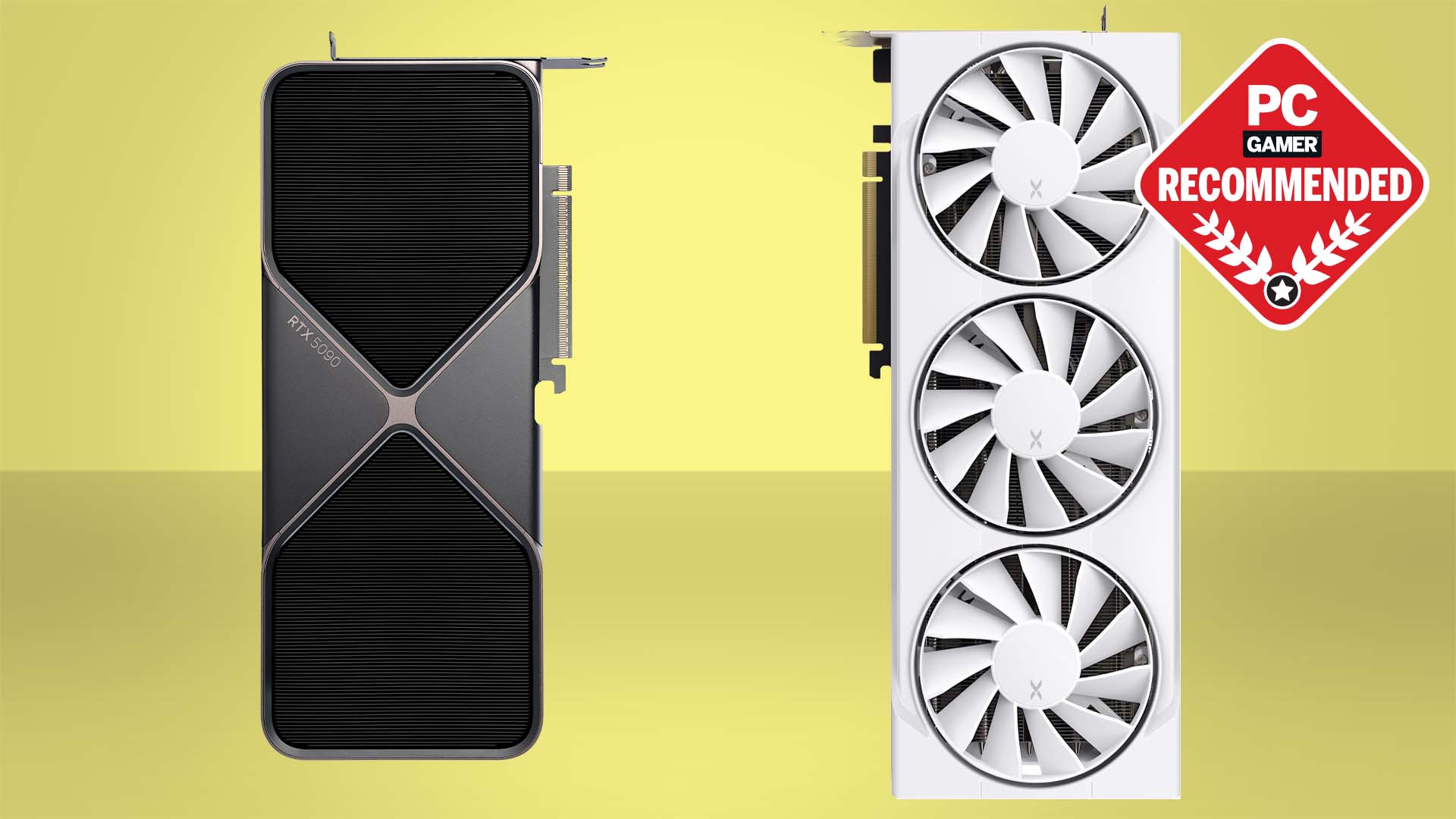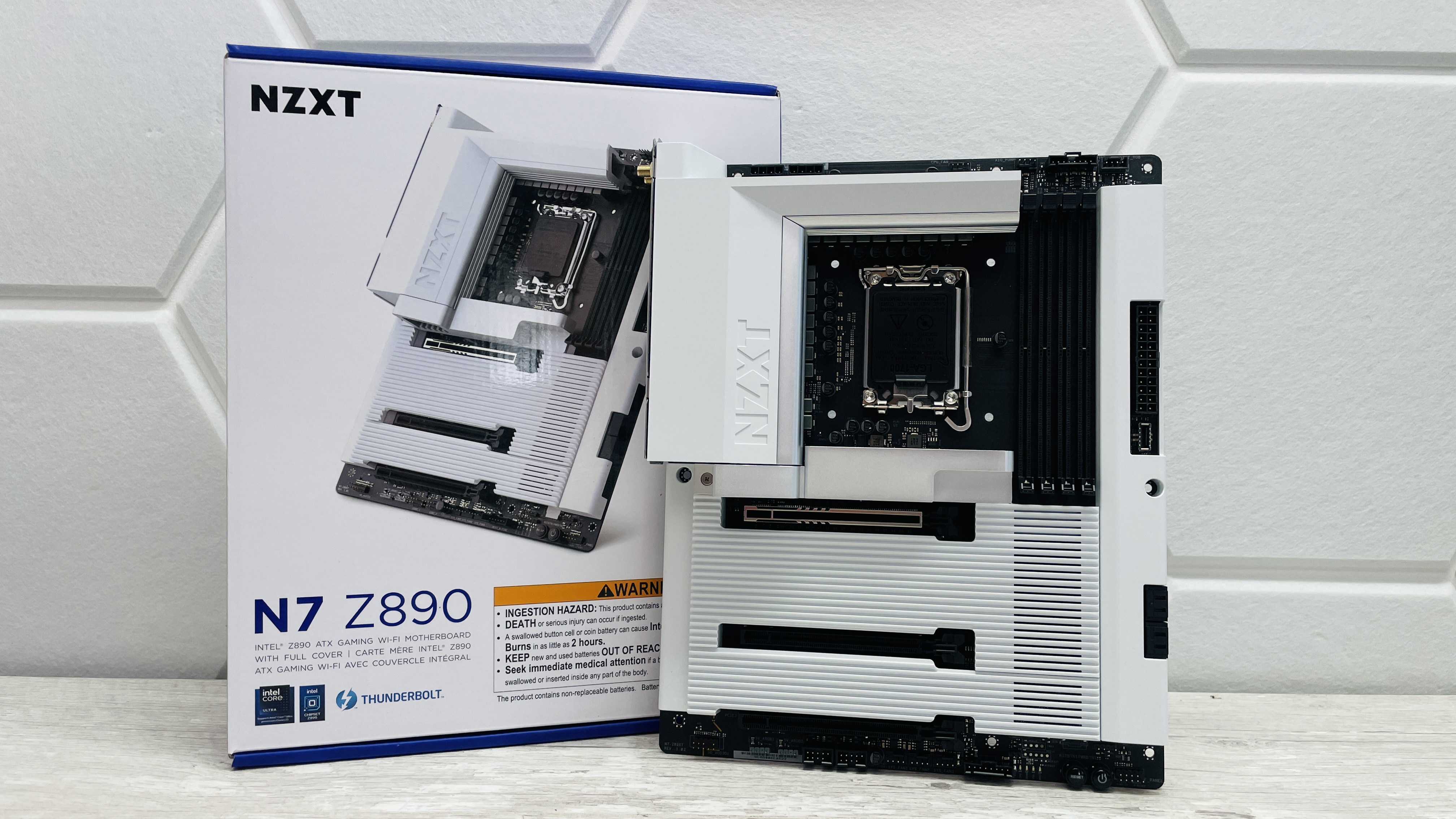Nvidia's next-gen Volta gaming GPUs aren't arriving anytime soon
Volta is too costly to produce for consumers at the moment.

At some time in the future, Nvidia will cook up new graphics cards based on its next-generation Volta GPU architecture. The question is, when? Nvidia has not announced a release date, though company boss Jensen Huang did put to rest any rumors that Volta might arrive in the gaming scene before the end of the year. That's not going to happen.
"Volta for gaming, we haven't announced anything. And all I can say is that our pipeline is filled with some exciting new toys for the gamers, and we have some really exciting new technology to offer them in the pipeline. But for the holiday season for the foreseeable future, I think Pascal is just unbeatable," Huang stated during a recent earnings call.
"It's just the best thing out there. And everybody who's looking forward to playing Call of Duty or Destiny 2, if they don't already have one, should run out and get themselves a Pascal."
Nvidia would never say this publicly, but if we read between the lines, Huang is basically saying that Vega isn't a threat to Pascal, so there's no need to rush Volta out the door.
Disappointing as that might be, he's right—in our own evaluation of AMD's new Vega-powered cards for consumers, we found that the Radeon RX Vega 64 is competitive with the GeForce GTX 1080, but gets stomped by the faster GeForce GTX 1080 Ti. Vega also consumes a lot of power to reach parity with the GTX 1080. And by parity, we mean Vega 64 is generally slower, but within striking distance.
"The Vega 64 ends up just a hair faster than the GTX 1080, and at worst it can be about 30 percent slower (GTAV), but on average the GTX 1080 leads by just a bit less than 10 percent. And what about power use? At idle it's a wash, but while gaming the Vega 64 used 478W at the outlet on the test system compared to 370W on the GTX 1080—only the much faster 1080 Ti matches the Vega 64 by using 475W!," our own Jarred Walton noted.
Nvidia's official reasoning for holding off Volta for consumers is cost. Volta is currently available in professional form for use in data centers. However, these GPUs are "expensive things to go and design," according to Huang. He estimates the manufacturing cost to be "several hundred dollars to close to $1,000," which he admits is "quite extraordinary."
Keep up to date with the most important stories and the best deals, as picked by the PC Gamer team.
To be fair, the GV100 GPU that is found in Nvidia's Tesla V100 accelerator was never going to be in a gaming card. What we are waiting for are more affordable GV102 and GV104 solutions. If we had to guess, we'd say Volta cards for gamers will launch next spring.
Paul has been playing PC games and raking his knuckles on computer hardware since the Commodore 64. He does not have any tattoos, but thinks it would be cool to get one that reads LOAD"*",8,1. In his off time, he rides motorcycles and wrestles alligators (only one of those is true).


